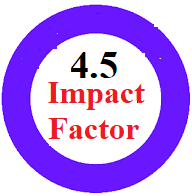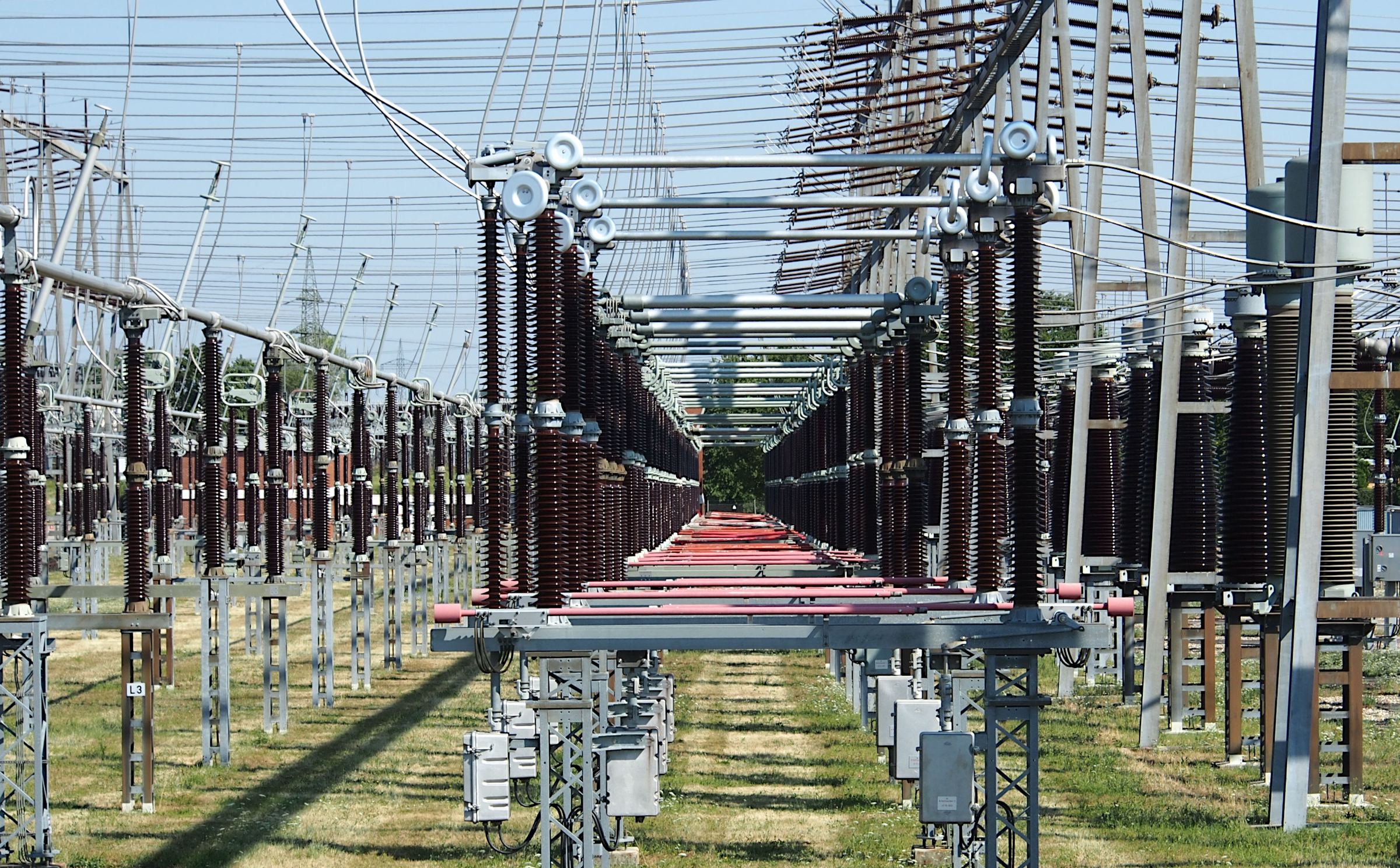IN-SILICO CHARACTERIZATION OF TOLUENE DIOXYGENASE FROM TOLUENE DEGRADING PSEUDOMONAS AERUGINOSA
Keywords:
toluene, bioremediation, toluene 4-monooxygenase, conserved domains, interactionsAbstract
Toluene due to the associated health hazards and persistent nature has been declared a carcinogenic pollutant. Its mitigation from environmental sources is the major issue. Several toluene remediating bacteria have been reported which possess wide range of toluene degradation enzymes. To fully exploit the potential of these bacteria, there is need to get insights into these enzymes. Current study was initiated to characterize the toluene 4-monooxygenase (T4MO) enzyme from Pseudomonas aeruginosa. Initially, sequences of six subunits. i. e., TmoA, TmoB, TmoC, TmoD, TmoE and TmoF were retrieved from Uniprot database. These sequences were analyzed through different tools like PROTPARAM, SOPMA, ALPHAFOLD protein database and MEME SUITE. Analysis revealed the physicochemical attributes of components of enzymes as follows; number of amino acids (84-500), molecular weight (58103.54-9587.99), pI (4.38-5.57), aliphatic index (66.80-95.73) and GRAVY (-0.114-0.637). Secondary (2D) structure investigation demonstrated the alpha helix, extended strand and random coil ranging between 6-291, 74-6 and 194-34, respectively. TmoA and E subunits exhibited the highest level of complex folding. All the subunits were found to contain conserved motifs. Current study findings might be used for engineering of the enzyme using gene manipulation techniques in order to exploit its potential optimally.
















